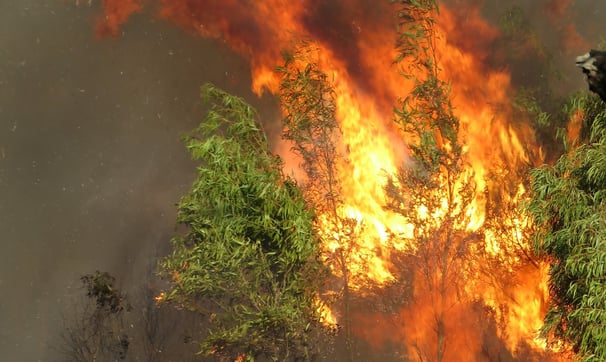Preparing Your Home for a Natural Disaster: Steps to Take
EDUCATIONSHELTER


Natural disasters can strike unexpectedly, leaving devastation in their wake.
While we may not have control over Mother Nature, we can take proactive steps to safeguard our homes and loved ones from the wrath of these events. Whether it's hurricanes, earthquakes, wildfires, or floods, preparing your home for a natural disaster is crucial in mitigating potential damage and ensuring your family's safety. In this blog post, we will discuss essential steps you can take to fortify your home and increase your resilience against the forces of nature.
Conduct a Risk Assessment
Begin by assessing the specific risks your region faces. Understanding the types of natural disasters that are common in your area will help you tailor your preparations accordingly. Reach out to local authorities, emergency management agencies, and climate experts to gather information on historical disaster patterns and potential risks.
Create an Emergency Plan
Develop a comprehensive emergency plan for your family. This should include evacuation routes, meeting points, and communication protocols. Assign responsibilities to each family member, taking into account the needs of children, elderly, and pets. Practice your emergency plan regularly to ensure everyone knows what to do in case disaster strikes.
Strengthen the Structure
Invest in reinforcing your home's structure to withstand the impact of natural disasters. Consult with a professional contractor or engineer to identify weak points and implement improvements, such as bracing walls, securing heavy furniture, and reinforcing the roof. Additionally, consider retrofitting your home to be earthquake-resistant if you live in a seismic zone.
Ensure Proper Insurance Coverage
Review your homeowner's insurance policy to ensure it covers damages caused by natural disasters. Depending on your location, you may need additional coverage for specific events like earthquakes or floods. Discuss your options with your insurance provider and make necessary adjustments to avoid potential financial losses.
Secure Outdoor Spaces
Outdoor areas can quickly become hazardous during natural disasters. Trim trees and remove dead branches to reduce the risk of falling limbs. Anchor outdoor furniture and equipment to the ground to prevent them from becoming projectiles in strong winds. Additionally, consider installing storm shutters to protect windows from flying debris.
Waterproof Your Home
Water damage is a significant concern during floods and hurricanes. Seal any gaps or cracks in your home's foundation and walls to prevent water infiltration. Elevate electrical systems, utilities, and appliances above potential flood levels. Install sump pumps and consider applying a waterproof coating on basement walls.
Assemble an Emergency Kit
Prepare an emergency kit with essential supplies to sustain your family for at least three days. Include items such as non-perishable food, drinking water, first aid supplies, flashlights, batteries, blankets, and personal hygiene products. Keep the kit in an easily accessible location.
Back Up Important Documents
Make digital copies of important documents such as identification, insurance policies, medical records, and financial information. Store them securely in cloud storage or on a portable hard drive. This will help facilitate the recovery process after a disaster.
Conclusion
Preparing your home for a natural disaster is a responsibility that should not be taken lightly. By taking these proactive steps, you can significantly increase your chances of safeguarding your home and family during a crisis. Remember that preparedness is an ongoing process, and staying informed about potential risks is crucial. While we cannot prevent natural disasters, we can certainly be better equipped to face their challenges and emerge stronger in their aftermath. So, take action now and ensure your home is ready for whatever nature throws your way.
